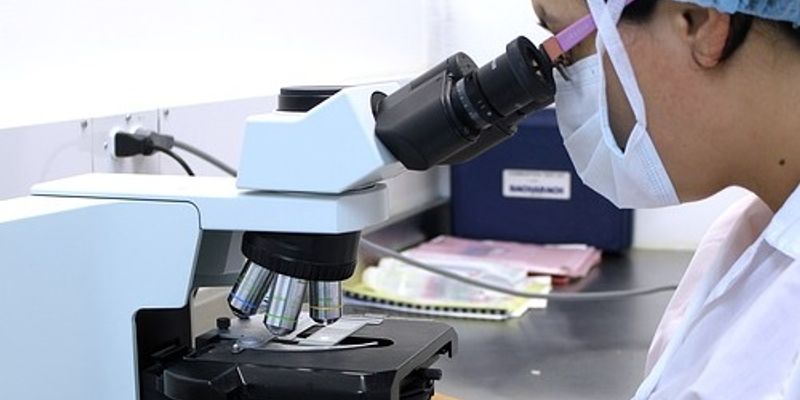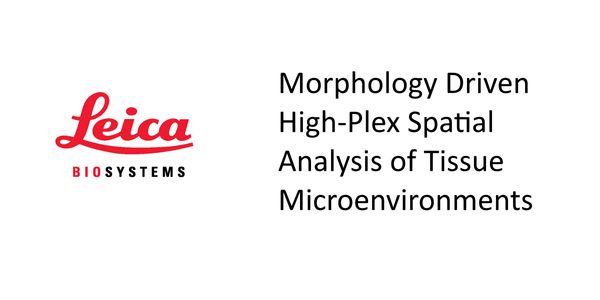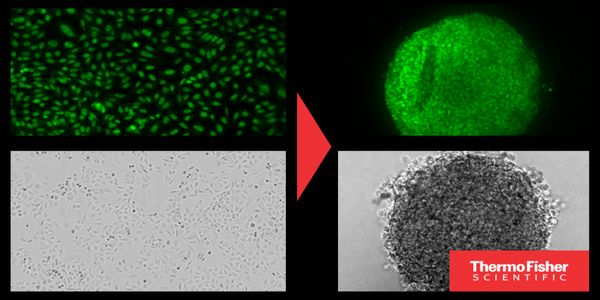Analytical Chemistry
Analytical chemistry studies and uses instruments and methods used to separate, identify, and quantify matter. In practice separation, identification or quantification may constitute the entire analysis or be combined with another method. Separation isolates analytes. Analytical chemistry consists of classical, wet chemical methods and modern, instrumental methods. Classical qualitative methods use separations such as precipitation, extraction, and distillation. Identification may be based on differences in color, odor, melting point, boiling point, radioactivity or reactivity. Classical quantitative analysis uses mass or volume changes to quantify amount.
-
DEC 10, 2019 | 7:00 AMDATE: December 11, 2019 TIME: 7:00am PST, 10:00am EST Rapid growth in the cell and gene therapy industry has generated an urgent need for robust analytics around characterization of both vec...DEC 05, 2019 | 9:00 AMDATE: December 5, 2019TIME: 9:00am PST, 12:00pm EST Characterization of the spatial distribution and abundance of proteins and mRNAs with morphological context within tissues e...Speaker: Mathias Holpert, PhD , Traci DeGeer, BS, HT (ASCP) HTL, QIHCSponsored By: Leica Biosystems, NanoString TechnologiesThe Laboratory Stewardship Committee of the Cleveland Clinic is a multidisciplinary team of clinicians, pathologists, administrators, nurses and other caregivers. The team has a commitment t...Speaker: Gary Procop, MD, MS
Part 1: Sustainable health and laboratory medicine; Presented by Professor Damien GrusonSummary: PendingPart 2: Let’s talk about errors in point of care testing in mobile health...
Speaker:
Anna Fuezery, PhD, DABCC, FCACB
, Damien Gruson, PhD
Thyroid autoimmunity (TAI) tends to be more common in women consulting for fertility problems. However, any underlying causal mechanism connecting TAI to fertility aspects is yet to be establ...
Speaker:
David Unuane, MD, PhD
Breast cancer is the most frequently occurring form of cancer in women. While 5-year survival rates for localized disease approach 99%, cases of advanced breast cancer have a much poorer pro...
Speaker:
Benjamin Chaffey, PhD
Thyroid function tests play a central role to assess thyroid function and are valuable companions for clinicians. The evolution of the tests is permanent and clinical laboratories are key pla...
Speaker:
Damien Gruson, PhD
Central to the diagnosis and management of patients with diabetes mellitus is the measurement of hemoglobin A1c (HbA1c). Major studies have defined the therapeutic targets of HbA1c in order...
Speaker:
Paul Yip, PhD, FCACB, DABCC
Applying machine learning methods to structured, expert-curated content from scientific literature is a powerful way to discover latent knowledge. Building on the QIAGEN Knowledge Base, we us...
Speaker:
Jeff Green
Random drug testing is used as a preventive and detection tool for drug or alcohol use, and medication compliance in the monitoring of regulatory and treatment compliance monitoring. Urine sc...
Speaker:
John Furman, PhD, MSN, COHN-S
























